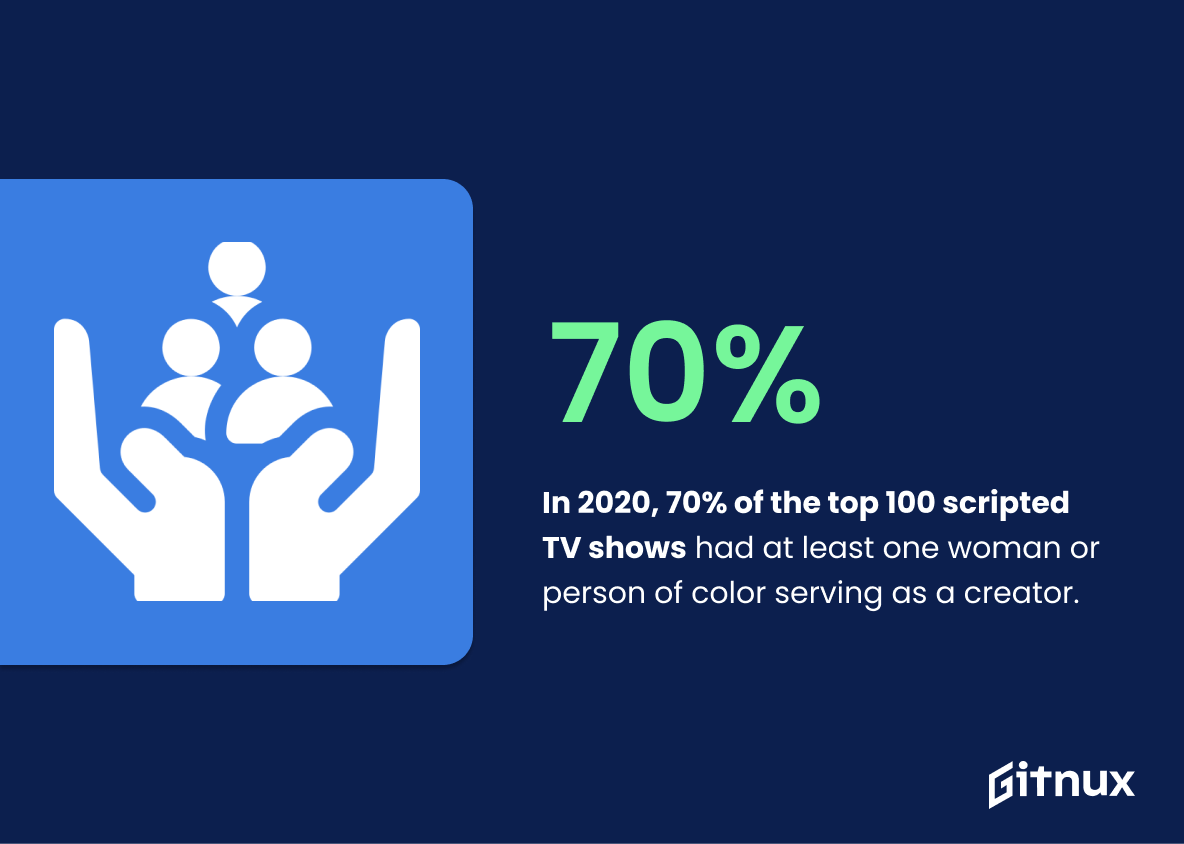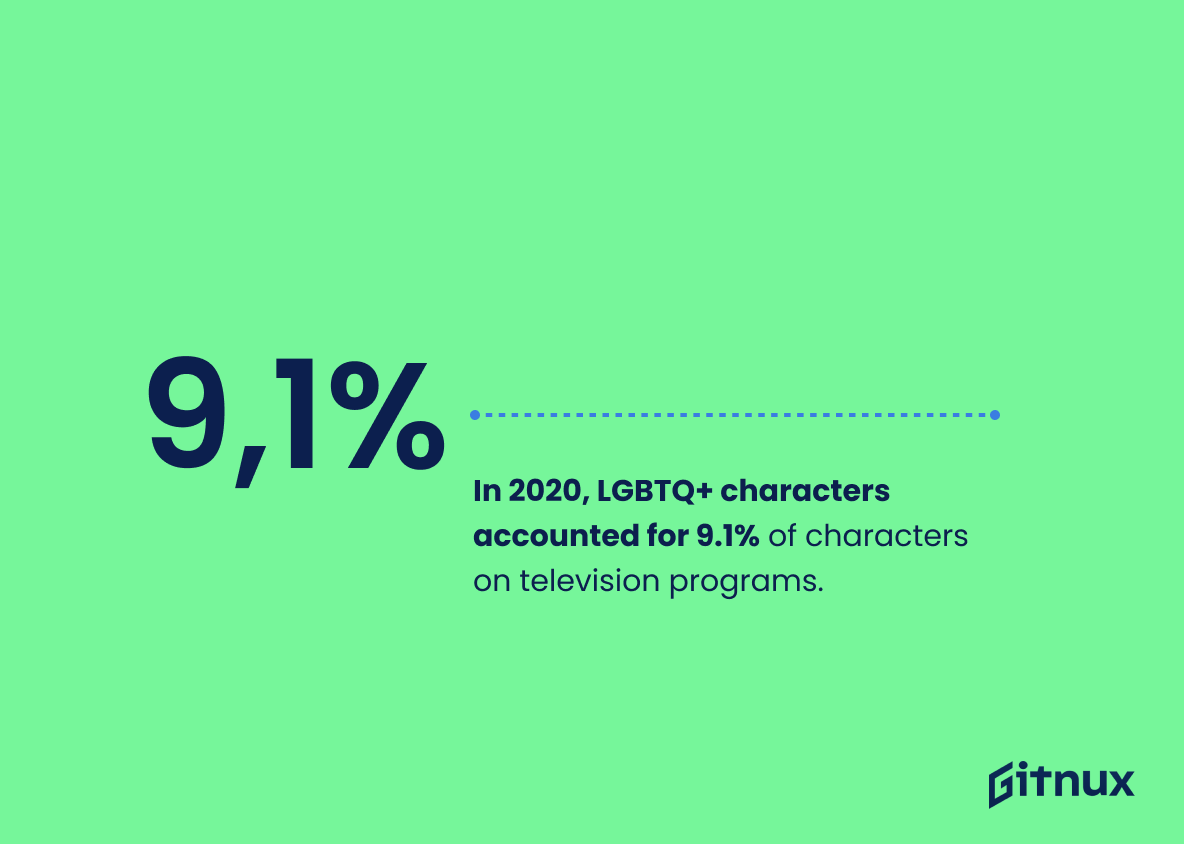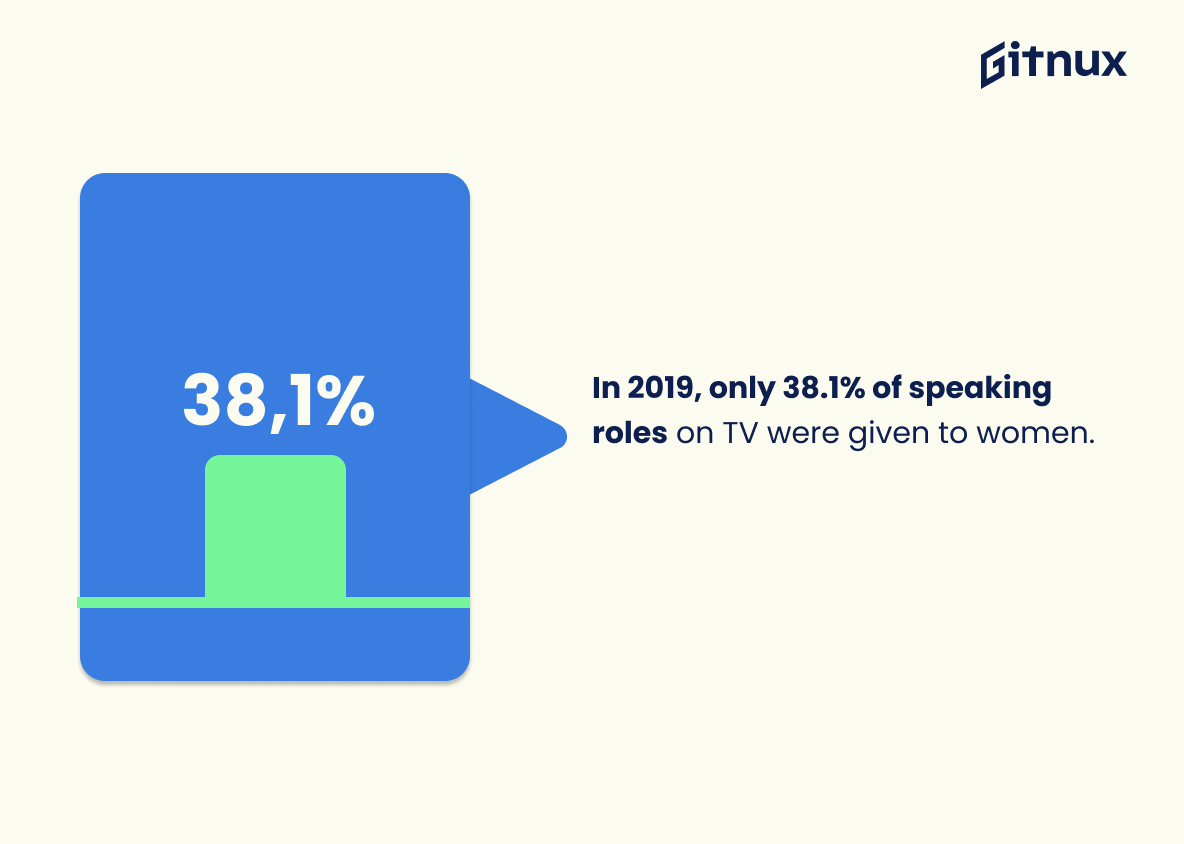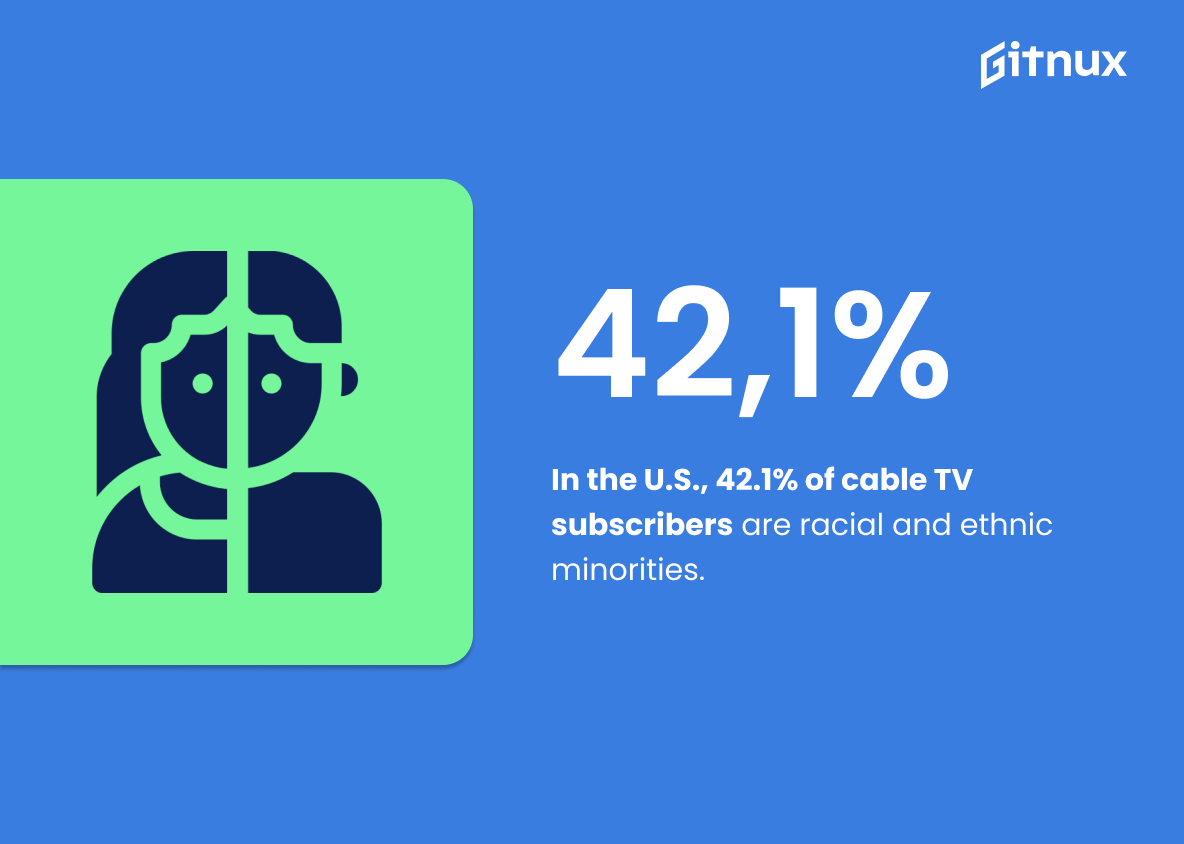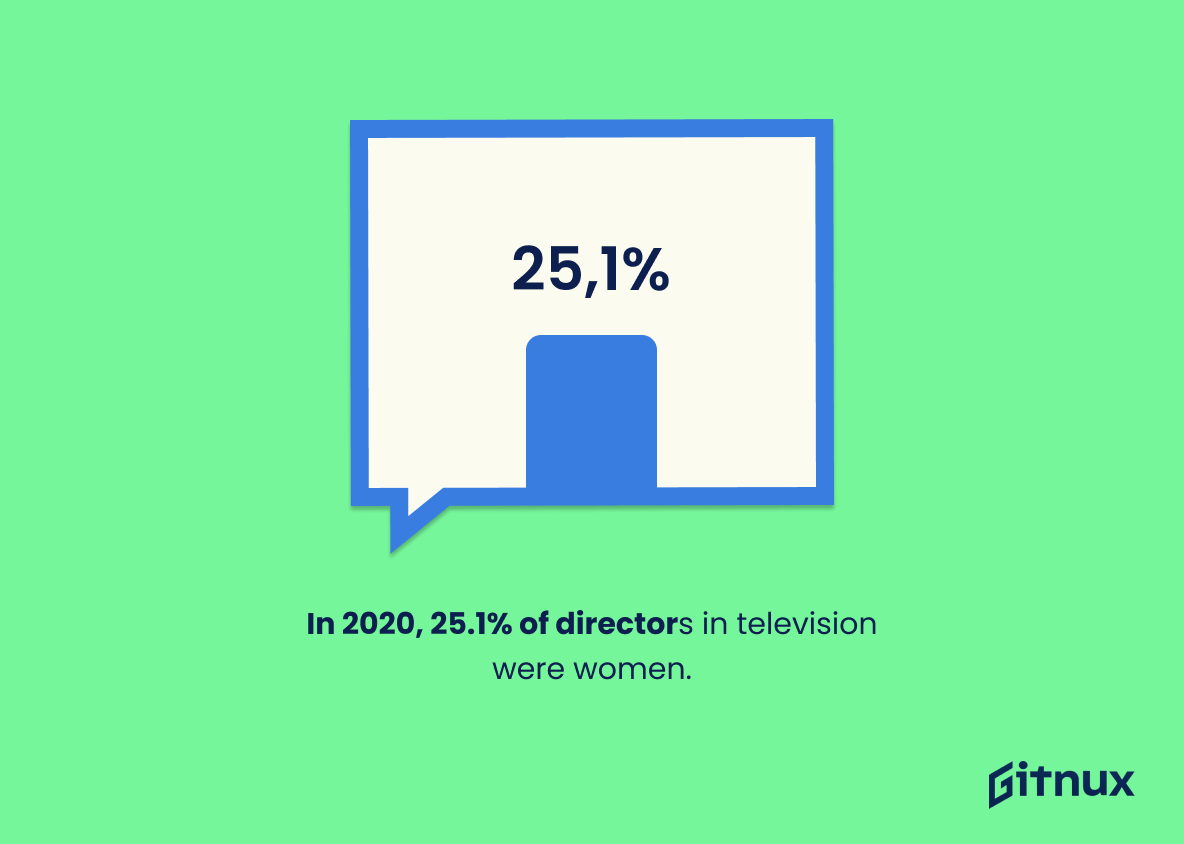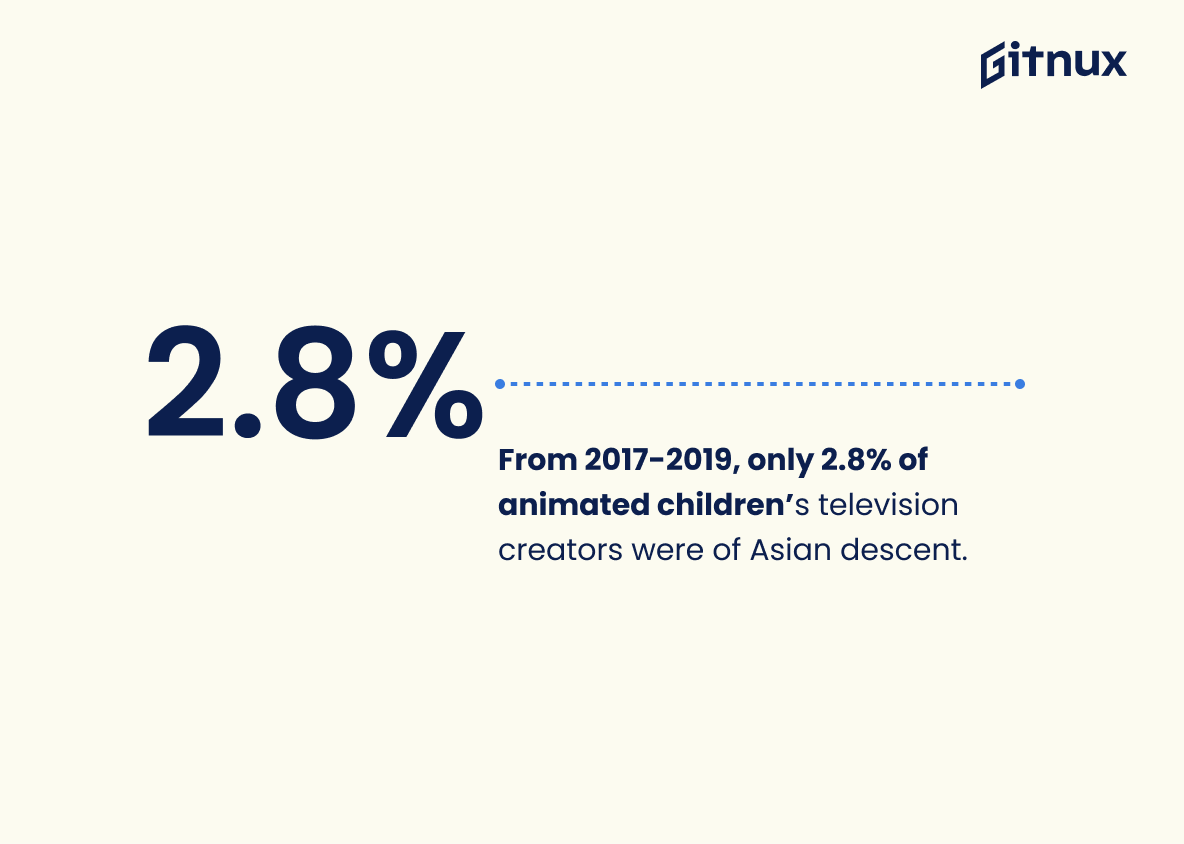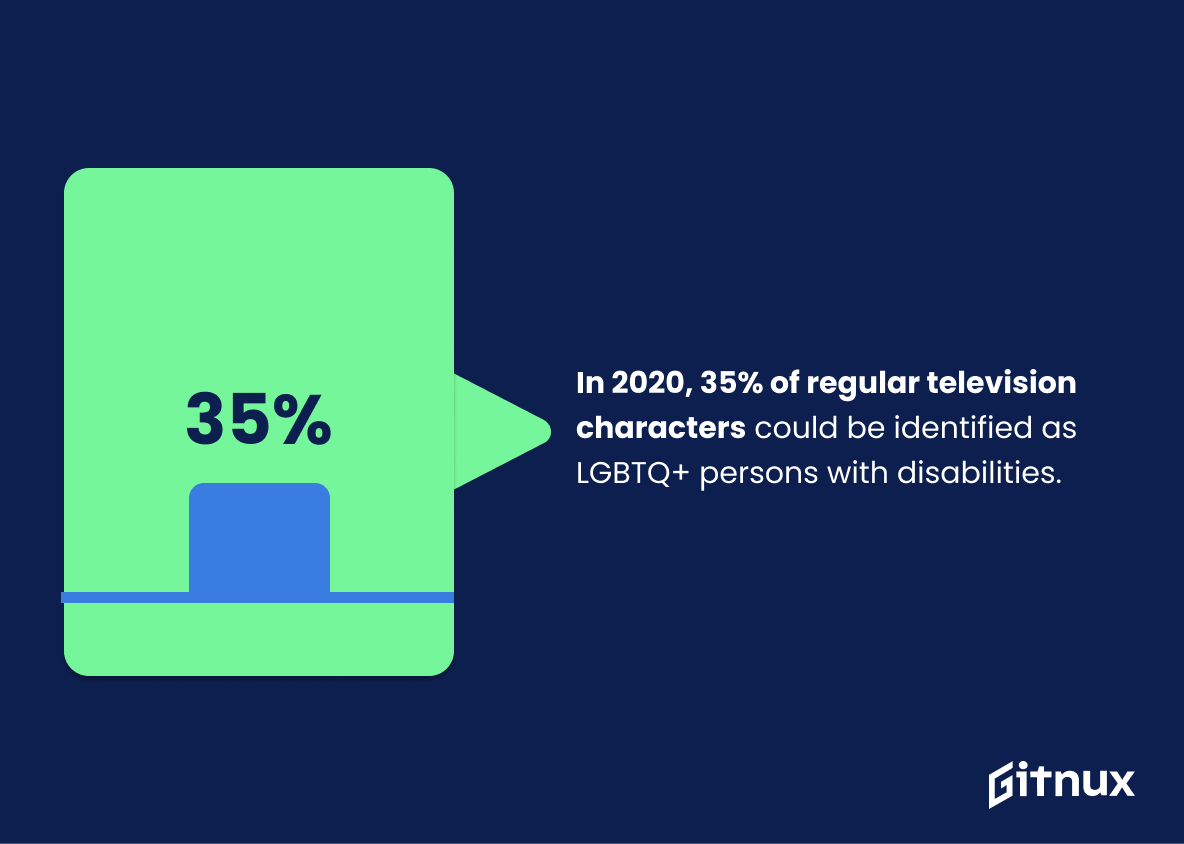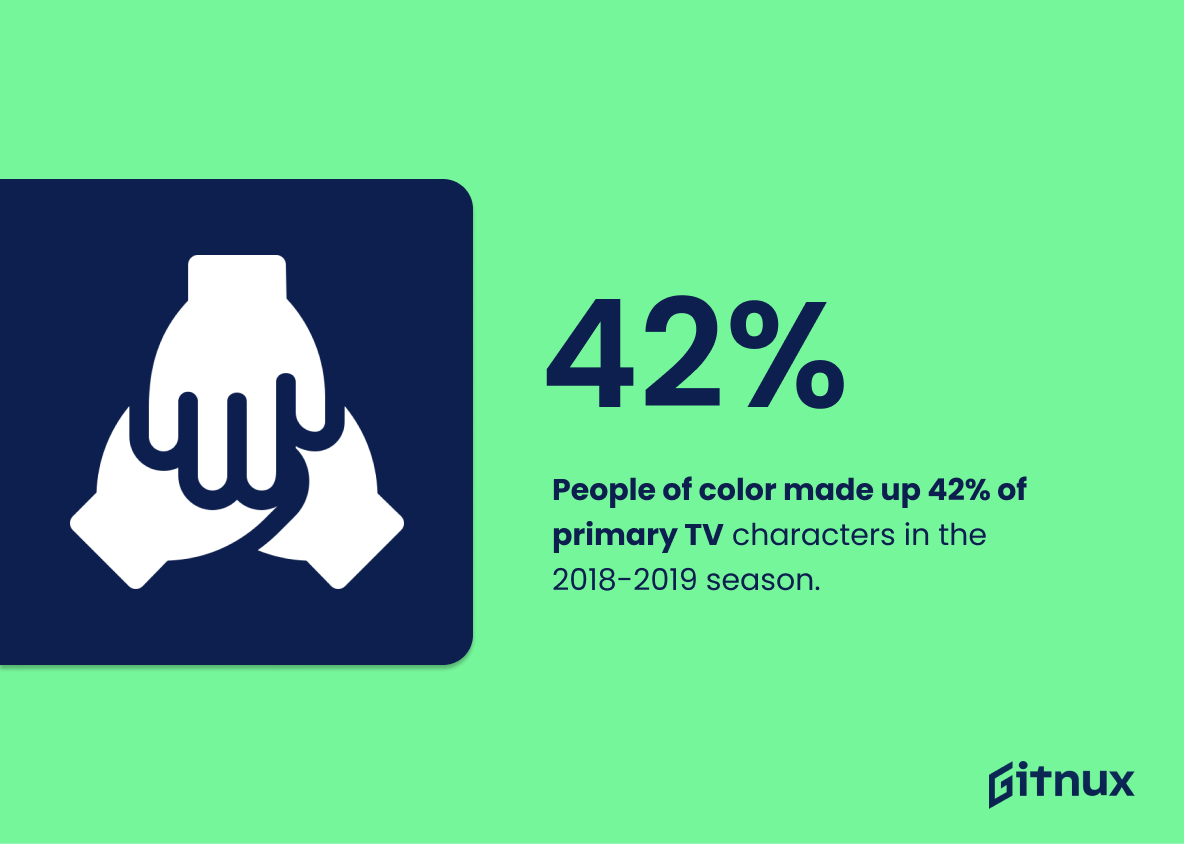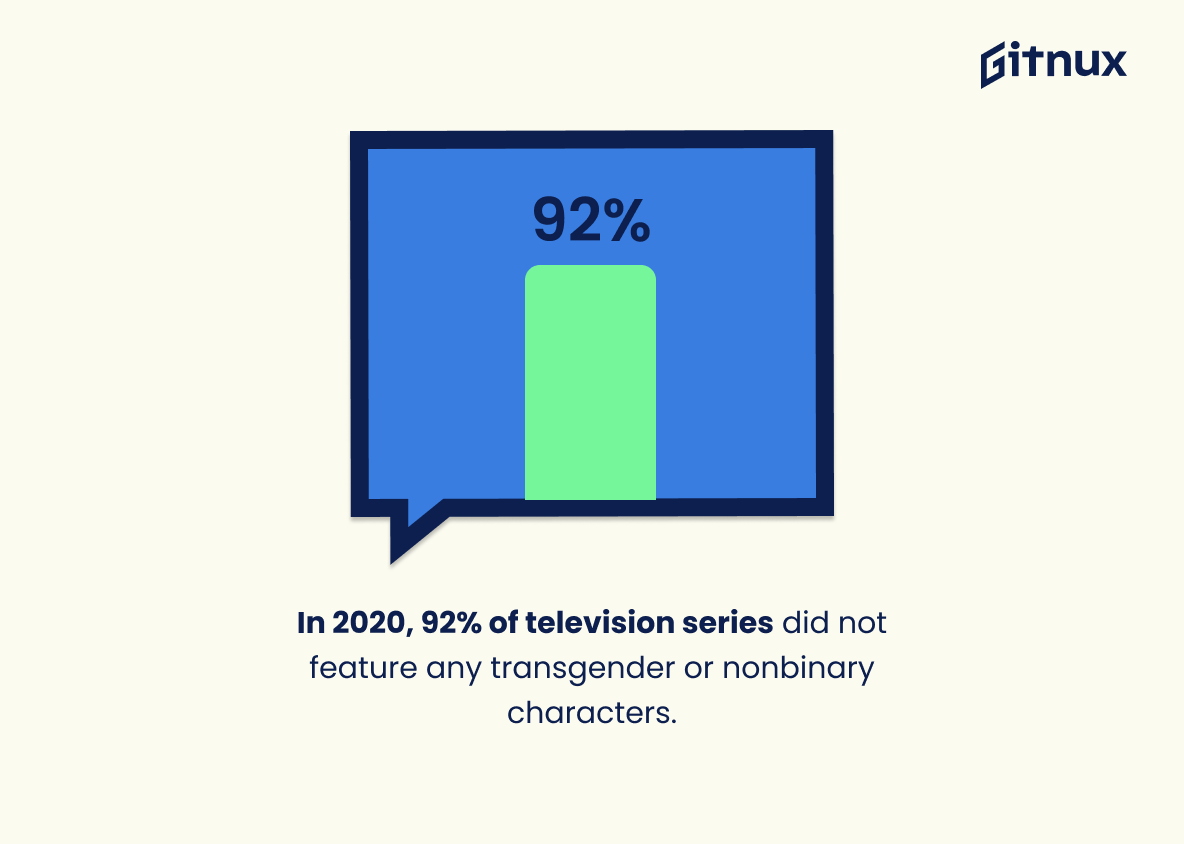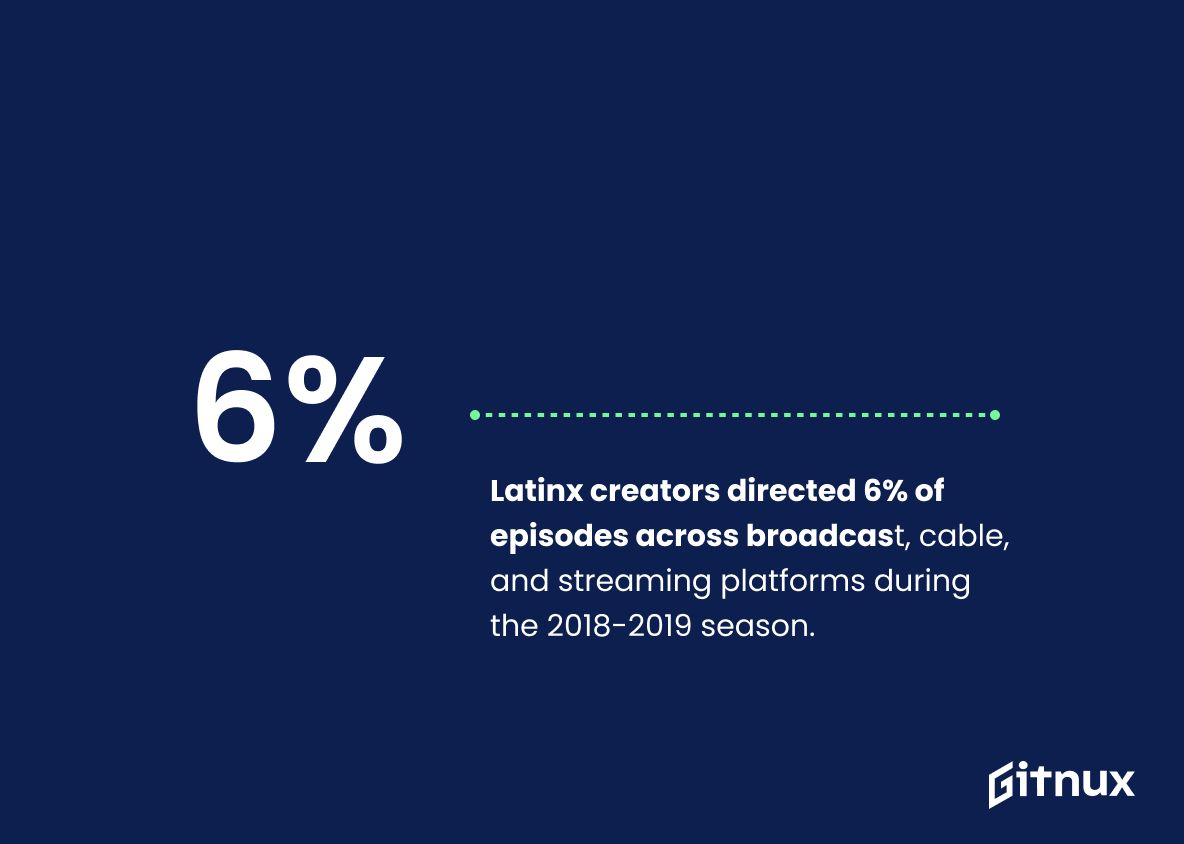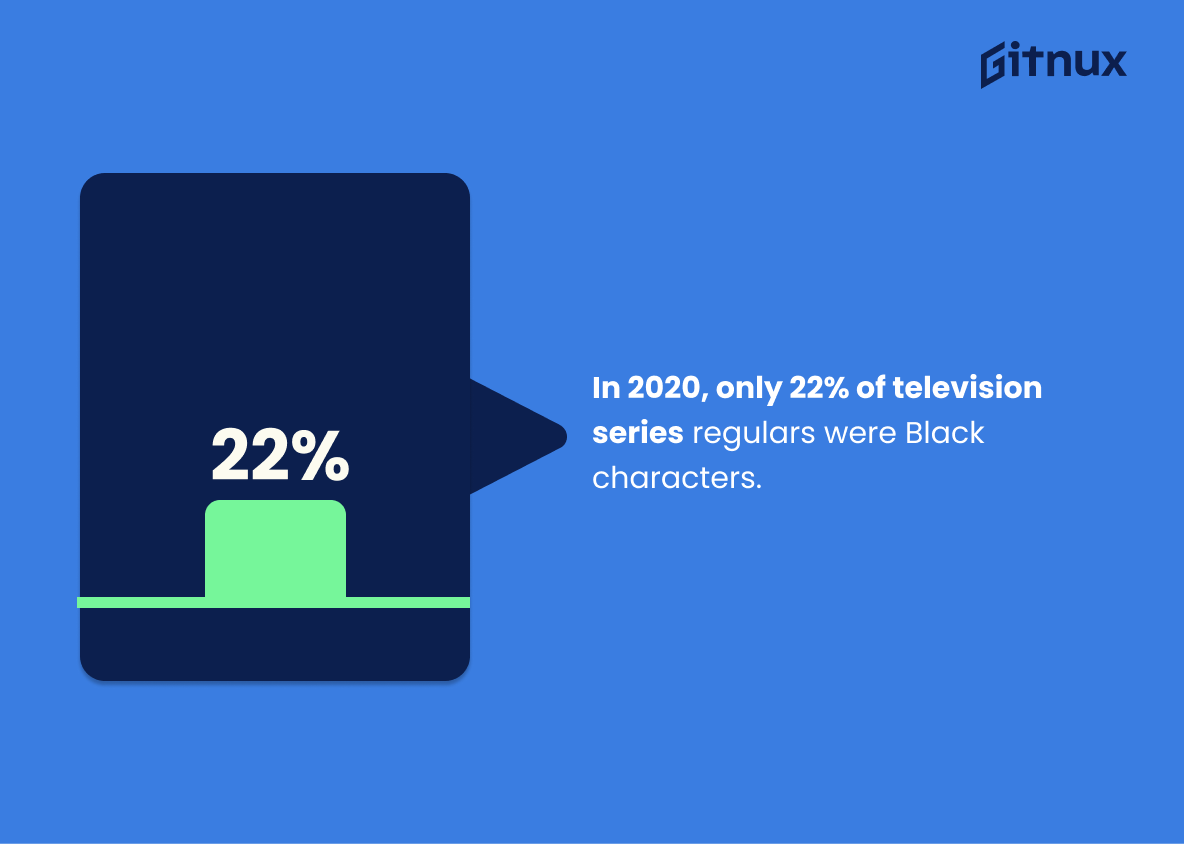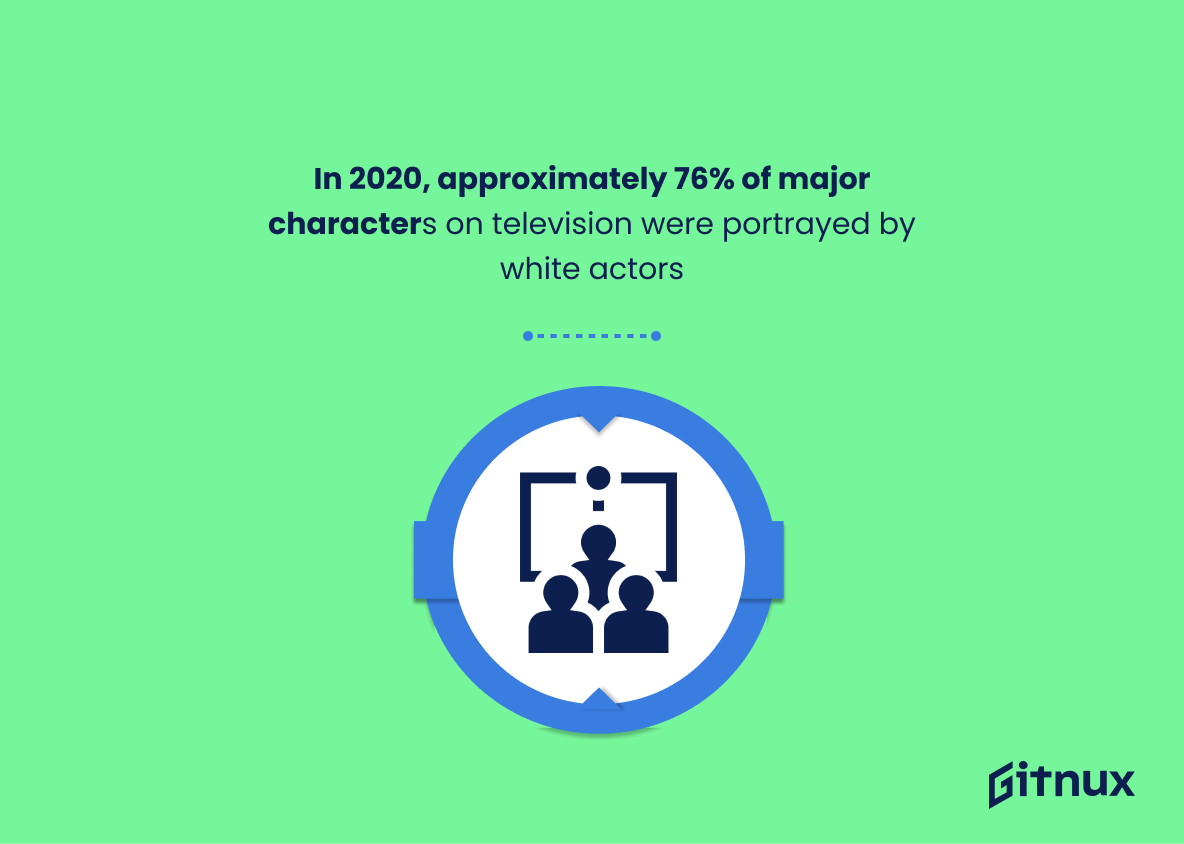Diversity in television has been a hot topic of discussion for many years, and the statistics show that there is still much progress to be made.
This blog post will explore some of the most recent data on diversity in television, including information about gender representation among creators, racial and ethnic minorities as lead characters, LGBTQ+ characters, people with disabilities represented on screen, cable TV subscribers by race/ethnicity breakdowns and more.
We’ll also look at how these numbers have changed over time since 2011. By examining this data we can gain insight into where improvements are needed when it comes to creating an inclusive environment within the industry.
Diversity In Television Statistics Overview
In 2020, 70% of the top 100 scripted TV shows had at least one woman or person of color serving as a creator.
This statistic is a testament to the progress that has been made in the television industry when it comes to diversity. It shows that the industry is taking steps to ensure that creators from all backgrounds are being given the opportunity to bring their stories to the screen. This is an encouraging sign that the industry is taking diversity seriously and is making an effort to create a more inclusive environment.
Among top 100 TV series, the percentage of Asian characters in leading roles increased from 1.4% in 2016 to 9.1% in 2020.
This statistic is a powerful indicator of the progress that has been made in terms of diversity in television. It shows that the representation of Asian characters in leading roles has increased significantly in the last four years, suggesting that the industry is becoming more inclusive and recognizing the importance of diversity in television. This is an encouraging sign for those who have been advocating for greater representation of minorities in the media.
In 2020, LGBTQ+ characters represented 9.1% of regular characters on primetime TV programs.
This statistic is a powerful indicator of the progress being made in terms of diversity in television. It shows that LGBTQ+ characters are being represented more and more on primetime TV programs, which is a positive step towards creating a more inclusive and diverse media landscape. This statistic is a testament to the hard work of those advocating for greater representation of LGBTQ+ characters in television, and it is a reminder that there is still more work to be done in order to ensure that all voices are heard and represented in the media.
In 2019, only 38.1% of speaking roles on TV were given to women.
This statistic is a stark reminder of the lack of diversity in television. It highlights the fact that women are still underrepresented in the industry, with only 38.1% of speaking roles being given to them. This is a concerning statistic, as it shows that there is still a long way to go in terms of achieving gender parity in television. This statistic is an important one to consider when discussing diversity in television, as it serves as a reminder of the need for greater representation of women in the industry.
In 2020, 6.7% of series regular characters on screen were people with disabilities, an increase from 1.8% in 2010.
This statistic is a powerful indicator of the progress that has been made in terms of diversity in television. It shows that there has been a significant increase in the representation of people with disabilities on screen, which is a positive step towards creating a more inclusive and diverse television landscape. This statistic is a testament to the hard work of those who have been advocating for greater representation of people with disabilities in the media, and it is a reminder that there is still more work to be done.
In the U.S., 42.1% of cable TV subscribers are racial and ethnic minorities.
This statistic is a powerful reminder of the importance of diversity in television. It shows that a significant portion of cable TV subscribers are racial and ethnic minorities, indicating that there is a large audience for diverse programming. This statistic is a testament to the progress that has been made in terms of representation on television, and it serves as a reminder that there is still more work to be done to ensure that all voices are heard.
In 2020, 25.1% of directors in television were women.
This statistic is a powerful indicator of the progress being made towards greater diversity in television. It shows that the industry is making strides towards creating a more equitable environment for women in the director’s chair. This is an important step in the right direction, as it demonstrates that the industry is taking steps to ensure that women are given the same opportunities as their male counterparts. This statistic is a testament to the hard work and dedication of those who are striving to make television a more inclusive and equitable space.
From 2017-2019, only 2.8% of animated children’s television creators were of Asian descent.
This statistic is a stark reminder of the lack of Asian representation in the world of animated children’s television. It highlights the need for more diversity in the industry, as well as the need for more Asian creators to be given the opportunity to tell their stories. It is a call to action for those in the industry to make a conscious effort to create a more inclusive environment for Asian creators and to ensure that their voices are heard.
In 2020, 35% of regular television characters could be identified as LGBTQ+ persons with disabilities.
This statistic is a powerful reminder of the progress that has been made in terms of diversity in television. It shows that there is a growing acceptance of LGBTQ+ persons with disabilities in the media, which is a positive step forward in terms of representation. This statistic is a testament to the fact that television is becoming more inclusive and that people of all backgrounds are being given a voice.
In 2021, 39% of radio TV news staff in the United States were women.
This statistic is a powerful reminder of the progress that has been made in terms of gender diversity in the television news industry. It shows that women are increasingly being given the opportunity to take on roles in the industry, and that their voices are being heard. This is an important step forward in terms of creating a more equitable and diverse media landscape.
People of color made up 42% of primary TV characters in the 2018-2019 season.
This statistic is a powerful indicator of the progress being made in terms of diversity in television. It shows that people of color are being represented in a much larger proportion than in previous years, which is a positive step forward in terms of representation and inclusion. This statistic is a testament to the hard work of those in the industry who are striving to make television more inclusive and representative of all people.
In 2020, 92% of television series did not feature any transgender or nonbinary characters.
This statistic is a stark reminder of the lack of diversity in television series. It highlights the fact that transgender and nonbinary characters are still largely absent from the small screen, despite the increasing visibility of these communities in the real world. This lack of representation is a major issue, as it perpetuates the idea that these communities are not worthy of being seen or heard. It also sends a message to viewers that these identities are not valid or important, which can have a damaging effect on the self-esteem of transgender and nonbinary people.
Latinx creators directed 6% of episodes across broadcast, cable, and streaming platforms during the 2018-2019 season.
This statistic is a stark reminder of the lack of representation of Latinx creators in the television industry. It highlights the need for more diversity in the industry, as Latinx creators are not being given the same opportunities as other creators. This statistic is a call to action for the industry to make a conscious effort to create a more inclusive environment for Latinx creators.
As of 2020, Native American actors had never won an Emmy Award in a lead category.
This statistic serves as a stark reminder of the lack of recognition and representation of Native American actors in the television industry. It highlights the need for more diversity in the lead categories of the Emmy Awards, and the need for more opportunities for Native American actors to be seen and heard.
In 2020, only 22% of television series regulars were Black characters.
This statistic is a stark reminder of the lack of diversity in television series. It highlights the fact that Black characters are still vastly underrepresented in the media, despite the increasing demand for more diverse representation. This statistic is a call to action for television networks and producers to create more inclusive and diverse stories that reflect the real world.
In 2020, approximately 76% of major characters on television were portrayed by white actors.
This statistic is a stark reminder of the lack of diversity in television. It highlights the fact that the majority of major characters are still being portrayed by white actors, despite the fact that the world is becoming increasingly diverse. This lack of representation can have a negative impact on viewers, as it reinforces the idea that white people are the only ones who can be successful or have meaningful roles in television. It also sends a message to people of color that they are not seen as important or valuable enough to be represented in television. This statistic is a call to action for television networks to make a conscious effort to create more diverse and inclusive programming.
Conclusion
The statistics presented in this blog post demonstrate that there is still a long way to go when it comes to achieving diversity and representation on television.
While some progress has been made, such as the increase of Black actors in lead roles from 5.1% in 2011 to 16.3% in 2020, many other areas remain largely underrepresented or unacknowledged altogether – for example, Native American actors have never won an Emmy Award for a lead role and only 22% of series regulars were Black characters in 2020. It is clear that more needs to be done if we are going achieve true equality across all aspects of television programming.
References
0. – https://www.www.glaad.org
1. – https://www.www.npr.org
2. – https://www.colorfulpages.org
3. – https://www.www.pastemagazine.com
4. – https://www.annenberg.usc.edu
5. – https://www.www.directors.uk.com
6. – https://www.www.rtdna.org
7. – https://www.www.colorofchange.org
8. – https://www.www.cuny.edu
9. – https://www.variety.com
10. – https://www.ew.com
11. – https://www.www.nyfa.edu
12. – https://www.www.frame.work
13. – https://www.en.wikipedia.org
